Gypsies the great Empire: how to survive the last nomads of Europe
Categories: Europe | History | Nations
PictolicStatistics say that only in Slovakia, is home to 400 thousand people of the Roma nationality. If this is the official figure, you can be sure that this is about 2 times more. A lot of Roma not only in this country — historically, that Roma live in large quantities in the countries of Eastern Europe and the Balkans.
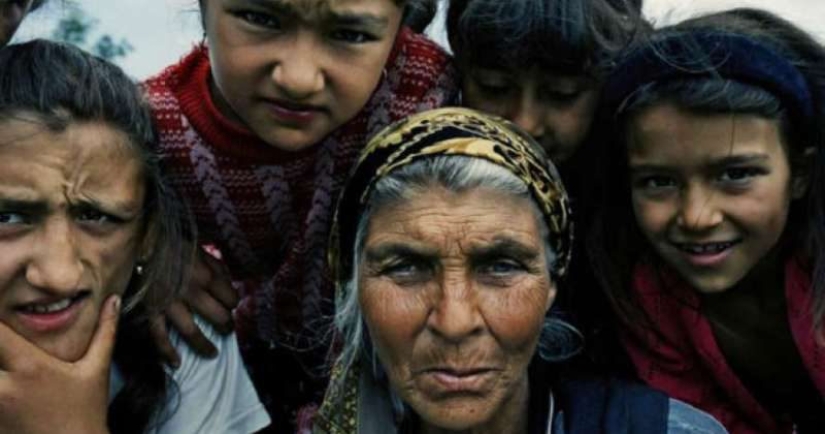
Before Europe was flooded with refugees from Africa and the Middle East, the Gypsies were considered to be the main problem of the European Union. Especially sharply felt it in Eastern Europe under socialism, these people were somehow socially protected and guaranteed a job, free medicine and education. With the collapse of socialism, Roma are back in the same limbo in which there were a century ago.
Gypsies Of Eastern Europe. Photo of the early XX century
I must say that in the countries of Eastern Europe — Hungary, Slovakia and the Czech Republic, which long time were under the rule of the Habsburgs, the Roma are particularly disliked. In the XVII-XVIII centuries, Europe was experiencing a real epidemic of suppression of vagrancy and the Austro-Hungarian Empire transferred her to a particularly severe form.
At the beginning of the enlightened XVIII century, the Empire put all nomadic Roma outside the law and around the country, a wave of horrific executions. In 1710, the Governor of the Czech Kingdom announced a decree on measures aimed at combating vagrancy and begging.
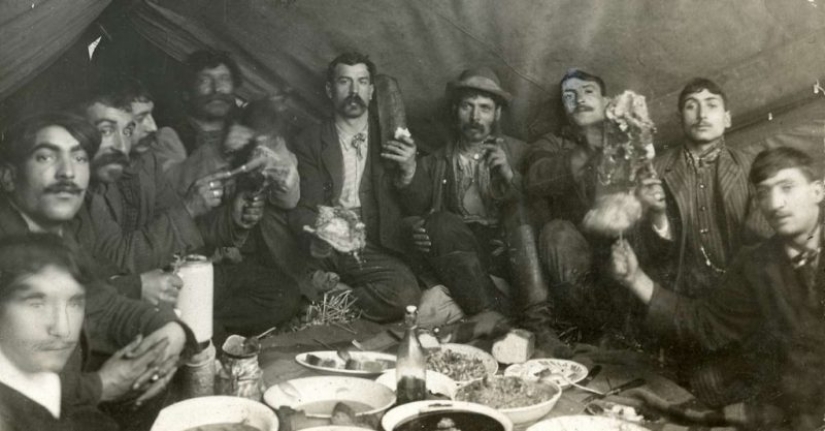
Gypsy feast. Photo of the early XX century
According to the document, men with no definite occupation and place of residence was supposed to hang, and women and children beaten with whips and cut off their ear. In 1721, during the reign of Charles VI, was allowed to hang and women. In Slovakia, the Czech Republic and Hungary were killed and maimed thousands of people of Roma ethnicity. Vagrants hung in the squares and roads, to instill terror to all who had a roof over your head and work.
Warming in relation to the Roma was only when the Empress Maria Theresa. Now the Gypsies were forbidden to punish or to maim, but they still could not live as they like. The Empress wished to assimilate the Roma and make them good citizens of the Empire.
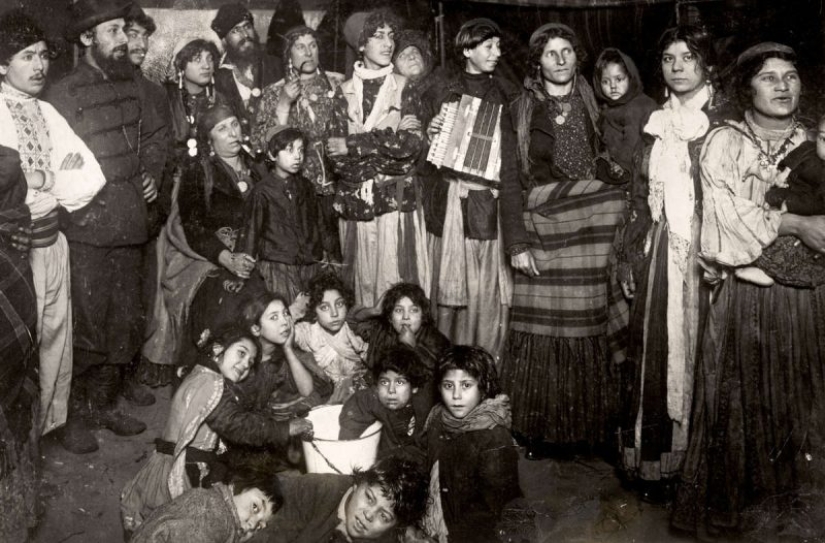
The Roma family from Romania. The middle of the XX century
To speed up the process, prohibited the use of the word "Gypsy" and use introduced funny definition of "novoselec", "Novakovic and novovoronez". The Romani language was banned and nomadic families are strongly "encouraged" to settle down and settle in homes. Roma began to issue passports, which were German and Hungarian names, in tune with the real data or the name of the particular locality.
Authorities seized children from families who resisted the innovation to protect the fresh generation of "new settlers" from the corrupting influence of folk traditions. Kids arranged in Slovak and Hungarian families who were interested in financial. To discourage to change places and to deprive Roma of the possibility of roaming, the Empress forbade them to breed and to contain the horses.
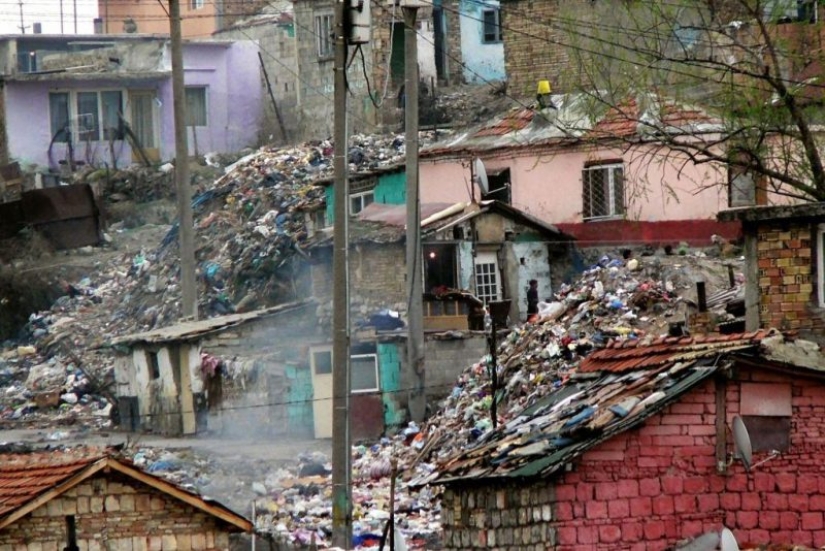
Modern Gypsy ghetto in Bulgaria
Maria Theresa did not manage to complete his Grand plan of assimilation of the Roma into European society, but certain results progressive Empress still achieved. The Austro-Hungarian Empire became the most favorable place for life of the Gypsies, of course, if they were willing to part with their past.
The Nazi occupation was another serious challenge for the Roma. The Nazis sought to destroy the Gypsies and hunted for them as aggressively as the Jews. Most of the Roma were exterminated in Eastern Europe and the Baltic States — most researchers put the number at about 200 thousand people.
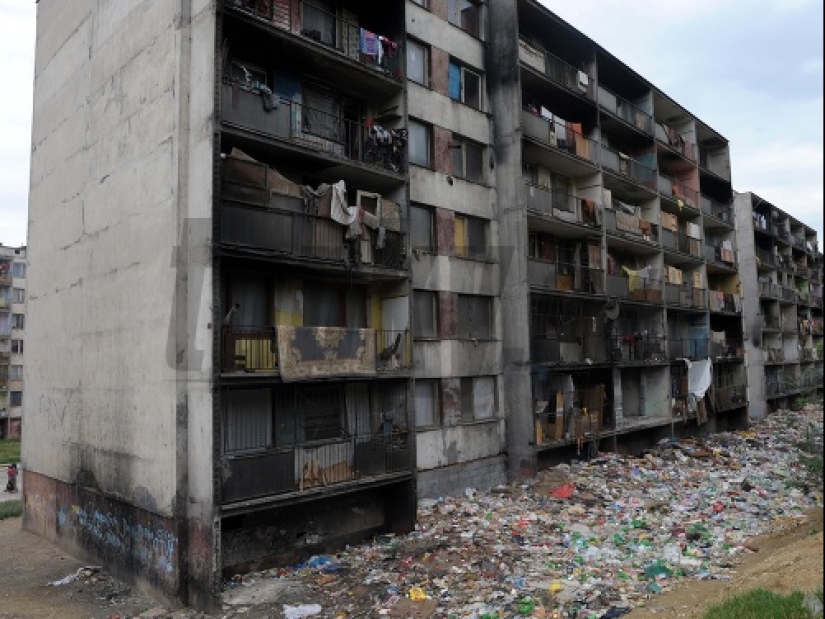
So we live in the XXI century, the Roma of Slovakia. Ghetto of Kosice
In this difficult period real oasis of calm for Roma was the Union of Nazi Germany and Romania. There, despite pressure from the Nazis, did not recognize the policy of total extermination of the Gypsies in the country took refuge from the death of thousands of Roma families across Europe.
After the war the countries of Central and Eastern Europe joined the socialist camp, Gypsies, like the Empress Maria Theresa, again began to assimilate into society. The Soviets, it worked much better for Roma created a special social and economic conditions, and in places of their compact residence of Roma opened schools and even colleges.
One of the "decent" Gypsy suburbs of the Slovak capital
A large part of the Gypsies of Eastern Europe was employed and did what they were most like. Roma were employed in agriculture, blacksmithing, and worked on the stud farms, tanneries and utilities. There was a lot of pop folk and Gypsy groups, successfully performed both in the countries of the Warsaw Pact and in other capitalist countries.
In the late 80-ies, when the idea of socialism was shaken and in Hungary, the Czech Republic, Slovakia, Romania and Bulgaria began the transition to a market economy, closed a huge number of companies, including those that were employed Roma. If the representatives of the titular Nations with difficulty, but found a way to make money, most of the Roma returned in the condition in which were hundreds of years ago.
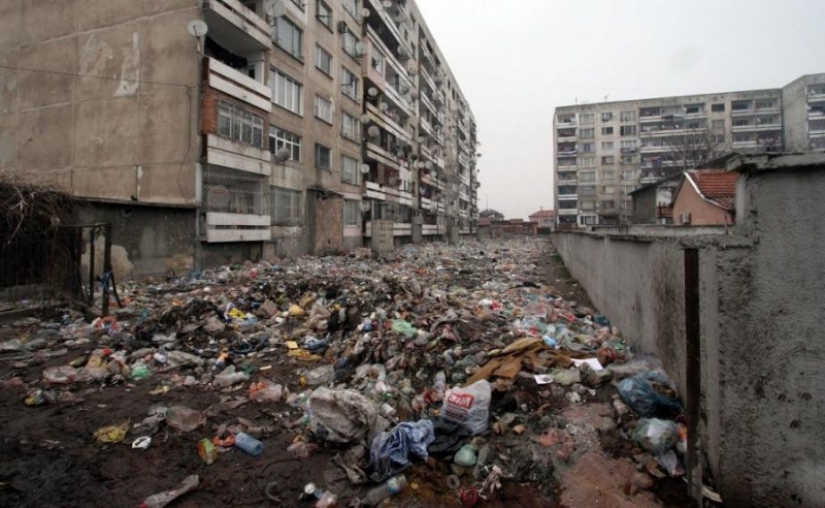
Gypsy district of Plovdiv, Bulgaria
Today the Roma population in Central and Eastern Europe was on the sidelines of life. Some of them roam as their ancestors, while others live in settled littered with crime and ghettos of Bratislava, Budapest, Bucharest and Sofia. Gypsies today are not persecuted, but also to help them as well not seek. The maximum that makes them the European Union — it allocates some funds for cleaning areas of debris, repair of roads and the maintenance of normal state schools and hospitals.
Keywords: Eastern Europe | The ghetto | The Empire | Gypsies | Gypsy camp
Recent articles

Most of us think that the color of the eggshell does not play any role and it is possible not to pay attention. But it's not and ...

The more we rely on technology, the more potential power hackers gain over us. It doesn't matter if their goal is to help or cause ...

Creating a good portrait is one of the most difficult tasks for any photographer. In order to make a really natural and memorable ...